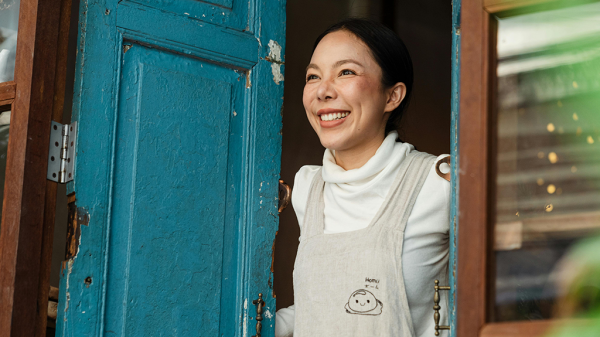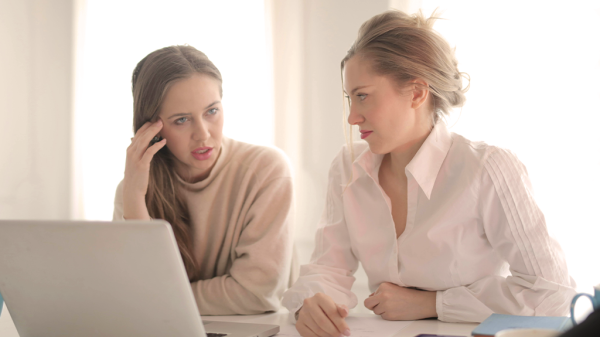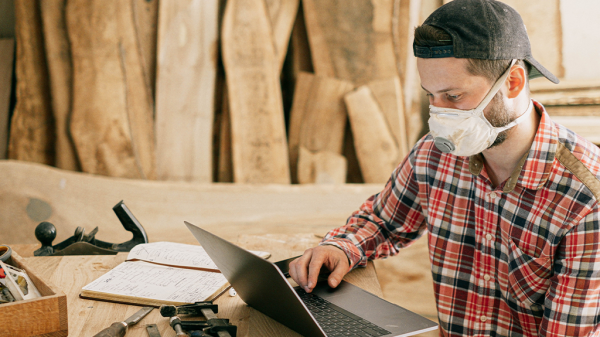Science, you’ve gone too far
Autonomous vehicles are designed to transport humans from place to place in the safest, most efficient way possible. In other words, they’re supposed to make our lives easier.
![]()
But when an autonomous vehicle is deliberately designed without space for a person, be they driver or passenger, what’s the point?
Robot racing
Roborace is on their way to building a fully electric and driverless car – for racing. And according to them, the endeavor offers extreme value.
For the gear heads
On one hand, there’s entertainment value for the gear-heads.
Their Robocar prototype is unbelievably low, sleek, and has no need for a cockpit, a steering wheel, or pedals.
“For more than a hundred years, we’ve seen a person controlling the car,” says Daniel Simon, Chief Design Officer. “That’s why it’s so important that the Robocar has an emotion, a feeling. You don’t normally approach motorsport like that. You don’t go to a racing team and say, ‘This has to look emotional.’ But that’s why this [project] was so cool.”
GO LEFT
The carbon-fiber chassis holds four 300kW motors, which can take the car up to and over 199 mph.
The engines are fueled by a 540 kW battery, and the Robocar features an incredible number of sensors to act as its eyes and ears.
These include radars, AI-driven cameras, optical speed sensors, and ultrasonic sensors.
If you ain’t first, yer last
On the other hand, there’s entertainment value for the motorsports fans. But if no one’s driving the car – i.e. the dramatic risking of human life is no longer an element, and there are no humans making catastrophic mistakes or death defying saves from the driver’s seat – why would anyone care about a Robocar race?
Because this race is all about the programmers, say the company’s founders.
They envision races in which all the machines are identical; the variation stems from the competing AI algorithms, coded and implemented by ambitious, talented programmers from around the world.
Coding is not just for the professionals
On one level, the motorsports playing field could be leveled dramatically.
A student or a university could enter an algorithm against Ferrari or Renault.
In the future, the Roborace team plans to open up a “virtual test environment” so that anyone can develop and test their own algorithm.
More than cars
This an intellectual race, and the hope is that it will speed up the perfection self-driving technology by introducing public competition.
“We really believe that this environment will help companies to create best algorithms for road cars,” says Denis Sverdlov, CEO of Roborace.
Progress for all automation
Most progress should focus on collision-avoidance systems. In the Roborace, Robocars can’t just go quickly and pass each other.
[clickToTweet tweet=”Robocars need to be able to avoid other cars,respond and react quickly & intelligently to surroundings” quote=”They need to be able to respond to their environment, avoid other cars and barriers, and react quickly and intelligently to unexpected impediments.”]
And all of these roboskills are nothing but applicable on the streets.
For now, the company will continue to demo its DevBot (a totally different, less beast-like vehicle with an engineer riding in a cabin) throughout the Formula E season, and will work on in-house testing of the Robocar.
But in a year or two, we might be able to tune in to a cutthroat coder competition, in car-race form.
Staff Writer, Natalie Bradford earned her B.A. in English from Cornell University and spends a lot of time convincing herself not to bake MORE brownies. She enjoys cats, cocktails, and good films - preferably together. She is currently working on a collection of short stories.










































Pingback: Oxbotica is testing autonomy in everyone's favorite foggy city - The American Genius
Pingback: Is Cadillac is working on tech for talking cars? Positive, Knight Rider - The American Genius